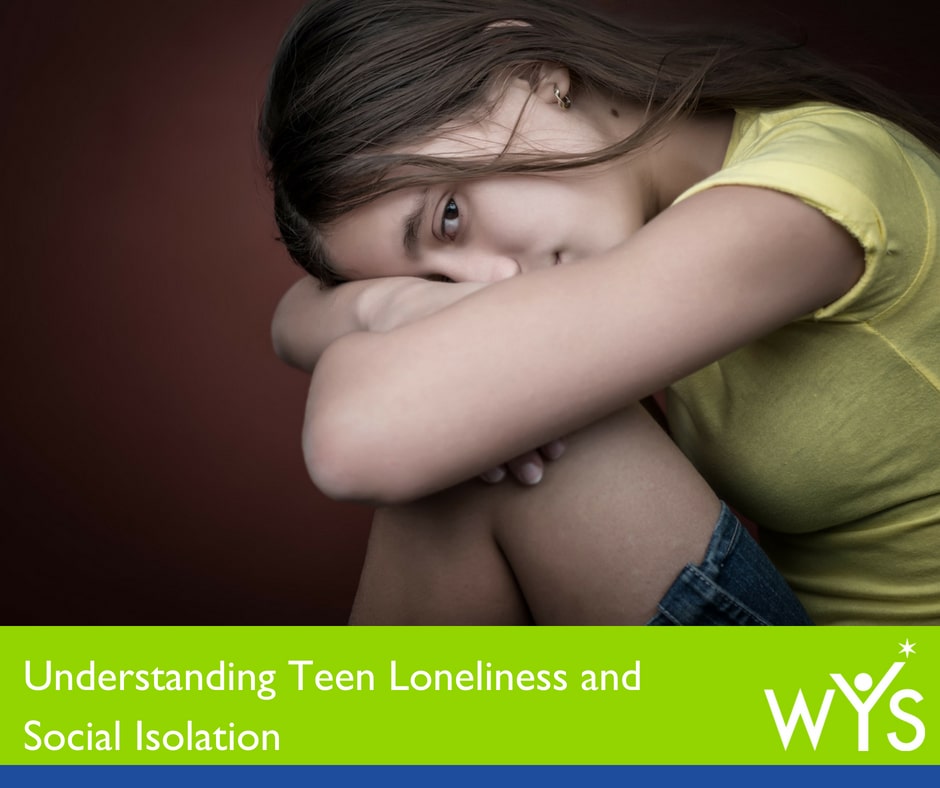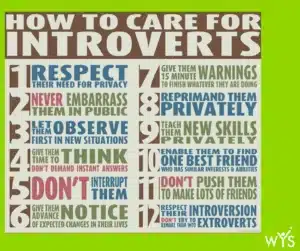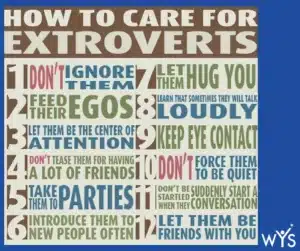
Understanding Teen Loneliness and Social Isolation
One of the joys and horrors for adolescents is navigating the many transitions they experience in a very short period of time. There are transitions and changes to educational environments we can all remember, such as moving from middle school to high school and then on to college or a trade school. Then there is the first job or volunteer experience that brings adjustment and newness.
Developmentally, their bodies and minds change dramatically during this period, as well. Often what is going on inside and around them may be confusing to teens and those of us who care for them. Some youth will be excited for the changes and others will recoil from even the smallest changes. This is part of the beauty of diversity. We are not all the same and no one teenager is the same.
One of the best ways to support the adolescents in your life is to keep this in mind as you interact with them. We find it helpful to understand the many differences in the children and youth who come to Western Youth Services. Often we help families understand their own differences and find healthy ways to cope with the changes they experience internally and externally. We sometimes utilize terms like ‘introvert’ and ‘extrovert’ to help us talk about the different ways we get energy or get filled up and conversely what depletes our energy or drains us.
Introversion and Extroversion
At Western Youth Services, the extroverts among our staff have shared that they feel more energized after leaving a party or social event, while introverts report feeling exhausted after similar events. Carl Jung was the first to coin the terms. He explained them as an extrovert is energized by the external world (others) while the introvert is energized by the internal world (the mind) (Jung, C.G. and Godwyn Baynes, H. (1921). Pschylogische Typen. Zurich: Rascher.). He alleged that no one person is a pure introvert or extrovert, but that we all lie somewhere between the two spectrums. According to a study by Holmes et al, the introverted brain may be more developed for critical thinking and decision making. This research also found that those who prefer high amounts of social interaction have an increased brain-reward system that responds to exciting activities. This might explain why extroverted teens tend to enjoy spontaneity and say yes to all or most social invitations, while introverted teens may become overstimulated by the unpredictable nature of groups and opt to stay home.
Neither personality type is stronger or better than the other; they are different from each other. An introvert who understands that he or she needs to find solitude to decompress is self-aware, and friends and family can help them honor it by allowing for periods of time for them to be alone. Similarly, an extrovert who understands his or her needs may want to find a study group to help them prepare for an exam, rather than being left alone to study. Responding to teens based on their natural tendencies, instead of asking them to change who they are, will go a long way.
These images are a practical way to remind us how we can care for a teen who has a different temperament than ours.
As children enter adolescence, peer social connections usually become for them a priority over family and academics. This extreme dedication to social interactions is often a frustration for caretakers of teens, who see a decline in interest in spending time with family or focusing on school work. However, according to Erik Erikson, the founder of the theory of psychosocial development, this increased emotional dependence on peers is necessary for the identity development of teens. As adolescents experiment with identity formation, their behaviors and mode of dressing may change as they search for a sense of belonging and acceptance within different social groups. This might look like going to the movies with a large number of friends (extrovert) or playing video games with one best friend (introvert).
Teen Mental Health Concerns: Loneliness and Social Isolation
It is important to keep in mind that healthy social interactions and signs of loneliness or social isolation might look different for introverts versus extroverts. Director and Professor at the University of Chicago’s Center for Cognitive and Social Neuroscience, Dr. John Cacioppo studies the effects and causes of loneliness. He found that while introversion and short-term isolation is adequate for some teens, perceived isolation (not being able to connect with others) is a health concern. Children and adolescents who feel lonely or choose to withdraw from others out of fear, do so by choice, but they still need human connection. He explains that “since the brain creates, monitors, nurtures, and retains social connections, it doesn’t matter how many friends a child has, it matters how he or she feels about the relationships they have.”
In the Harvard Study of Adult Development, an interesting longitudinal study, we learned that social connections impact us more than most realize and that loneliness is not good for our health and well-being. In his Ted Talk, Dr. Robert Waldinger shares about the study and provides some of the fascinating results learned over the course of 75 years.
Dr. Waldinger goes as far as to say: “Social connections are really good for us and that loneliness kills.” His message is one of hope because there are things we can all do to cultivate our relationships with family, friends, and the teenagers in our lives. Dr. Waldinger reminds us that “It’s the quality of your close relationships that matter.”
How to Help a Struggling Teen
But, how do we know if a teen is introverted or whether we should worry about him or her isolating from others?
We need to first take a look at what is typical social behavior for that individual, and pay attention to any shift in behavior. Is a teen who previously spent a lot of time with only one close friend now not making time for that one friend? Is a youth who regularly plays on-line video games with multiple friends (you know because you can usually hear the shouts and fun coming through your living room speakers) now quietly playing video games alone in their room?
We should especially pay attention to the context of isolating behavior. What factors happened before the change in behavior that might have caused the isolation? For example, withdrawing from others after a death or a major loss is a common reaction, because we need time to process it and may need time alone to grieve.
Children and young adults who struggle to feel accepted by their peers are more prone to chronically withdraw from others. A withdrawn individual feels disconnected, even when surrounded by others. This could be due to rejection by peers, bullying or due to mental health concerns, such as depression and anxiety. In some cases it may be related to suicidal ideation. Social withdrawal within the context of other symptoms of depression or anxiety correlates with the inability to connect with others. Sometimes, the discomfort and stress of being around other people becomes so unbearable that one prefers to be by themselves more often than not.
How do you approach a teen that you are worried about? The following are a few simple recommendations:
- Start by approaching him or her with genuine care and curiosity; ask simple open-ended questions
- Listen with an open mind and heart; welcome them and let them know they belong
- Try not to react emotionally if the teen divulges information that alarms you
- Criticism almost always shuts down communication so be careful to avoid it; connection before correction is a good rule of thumb
- When responding, share small amounts from your own experiences; but keep the conversation about them
- NAMI recommends focusing on the “functional problems they are having, like with friends for example”
- Seek professional help when needed or when in doubt
Sometimes, the sheer act of being heard and having a safe and dependable person to talk with can help youth struggling with loneliness and/or isolation. Resilience requires the reliable presence of at least one supportive relationship with a caring adult. Through these relationships, children have the opportunity to develop crucial coping skills.
We encourage you to be that one reliable person who notices when the children and teens in your life are going through changes and check in with them about how it is going. You might be surprised by how eager they are to share with you. And you might also help prevent a mental health crisis.









